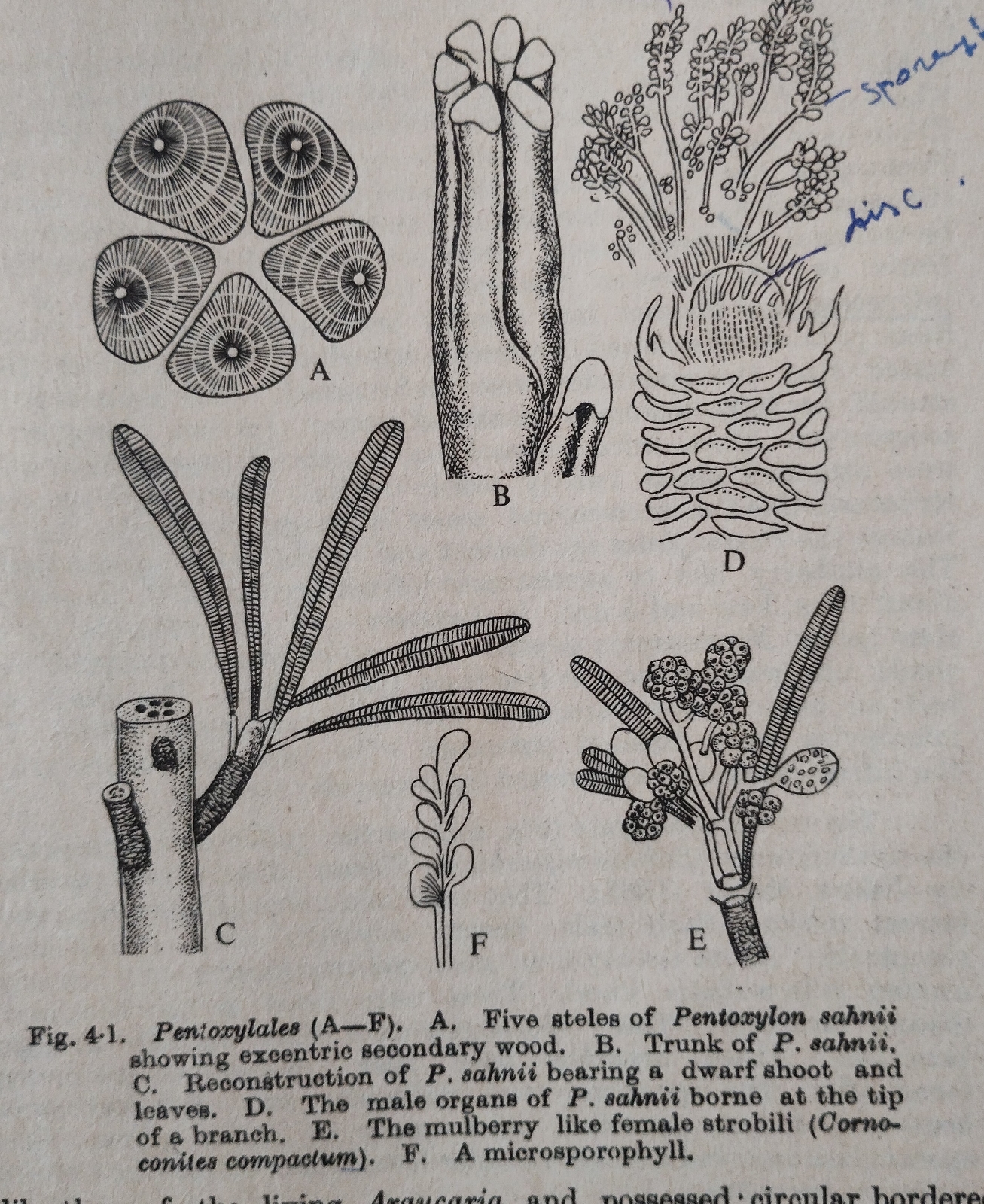Mutation
The permanent alteration in sequences of nitrogen bases in the DNA by
(i) deletion ,
(ii) insertion ,
(iii) inversion and
(iv) substitution (transition / transversion) is called as mutation.
If a purine of a DNA is substituted by another purine or a pyrimidine by another pyrimidine , then the phenomenon is then termed as transition.
e.g. AT is replaced by GC and vice versa.
When a purine of a DNA is substituted by a pyrimidine and vice versa is called as transversion.
e.g. GC is replaced by CG and vice versa.
and
AT is replaced by TA and vice versa.
Note : Transitions are more frequent than Transversion .
UV as a Physical Mutagen: Though UV is non-ionising , it is a kind of Mutagen.
(1) Thymine dimerisation:
(1)If a T base absorbs UV-rays then a bond of C=C breaks ; electrons of 4 no and 5 no C get free .
(2) Such two adjacent changed T join by covalent bond and T-dimer is formed.
Formation of such a Thymine dimer prevents the DNA replication process as DNA polymerase enzyme can't work at that site.
(2)Cytosine-Thymine mixed dimer is also formed if DNA is irradiated by UV rays.
(3) Cytosine dimers also formed due to UV induced DNA irradiation.
(4) Hydration of cytosine:
(i) If Cytosine is irradiated with UV rays, then it becomes activated and reacts with water.
(ii) A water molecule turns into -H and -OH , a bond of C=C bond between 4th and 5th C breaks and -H attaches with 4th C and -OH attaches with 5th C.
This newly formed cytosine hydrate prevents DNA replication.
Note: Altenbirg in 1930 discovered the mutagenic effect of UV while treating eggs of Drosophila.
(a) Embryo in seed is not suitable material for treatment with UV , because embryo is placed many many cells layers away from the seed coat.
(b) But pollens are good ,as each pollen has germinal nucleus which can be altered .
(c) Bacteria and other microorganisms are good for UV treatment as these are unicellular or one cell thich .
X-rays, alpha rays ,gama rays etc as physical mutagen:
The above said rays are ionising and can create mutation by the following way:
Fig.4.Formation of free radicals ,toxic hydrogen peroxide and mutation due to the effect of ionising radiation
(i) When a cell is irradiated with ionising radiation, water molecule turns into H2O + and H2O- ions.
(ii) In presence of water these newly formed H2O+ and H2O- produces OH° and H° respectively.
(iii) Two OH° combine to form lethal H2O2/ hydrogen peroxide.
(iv) On the other hand , H° reacts with Oxygen to form HO2°.
(v) In the last step two HO2° react to form toxic hydrogen peroxide and oxygen .
Hydrogen peroxide removes nitrogen bases from DNA to cause mutation.
Tautomeric shift: The rearrangement of electrons and protons in nitrogen bases resulted to the conversation of normal amino ---> imino and keto--->enol forms ; this isomerism is termed as tautomerism.
(i) In case of Thymine and Guanine a hydrogen atom moves from a ring nitrogen to keto group (=CO), as a result =CO turns to --OH group.
(ii) In case of Adenine and Cytosine a hydrogen atom moves from -NH2 group to a ring nitrogen due to tautomerism .
Tautomerism
A(amino)-------------------------->A (imino)
C(amino)-------------------------->C (imino)
T(keto). --------------------------> T (enol)
G (keto) ---------------------------->G (enol)
Normal state. Rare state
Normal base pairing:
A(amino) with T (keto)
G(keto) with C (amino)
Abnormal base pairing:
A(imino) with Cytosine (amino)
C(imino) with Adenine (amino)
T(enol) with Guanine (keto)
G(enol) with Thymine(keto)
e.g. such unusual base pairings during DNA replication causes mutation :
(a)
A^------AT
A^------
C-------GC
Tautomerism
A T--------- ----------- A
T-------
T
A= Adenine (amino)
A^=Adenine (imino)
[AT-->GC(transition)due to rare AC pairing]
(b)
G------GC
G°-----G°T--------
GC--#----. T------AT
C°------G°C--------
Where,
#= Tautomerism
G =common state
C= common state
G°= rare state(tautomeric)
C°= rare state(tautomeric)
[GC-->AT(transition) due to rareG°T pairing]
Fig.7 . AT-->GC and GC------>AT base pair transition due to rare AC and GT base pairing.
Such an replacement of AT by GC or GC by AT causes transition mutation during DNA replication.


 Cytosine Cytosine hydrate
Cytosine Cytosine hydrate





I Like to add one more important thing here, The global synthetic biology market is expected to be around US$ 15 billion by 2025, at a CAGR of 20% in given forecast period.
ReplyDelete